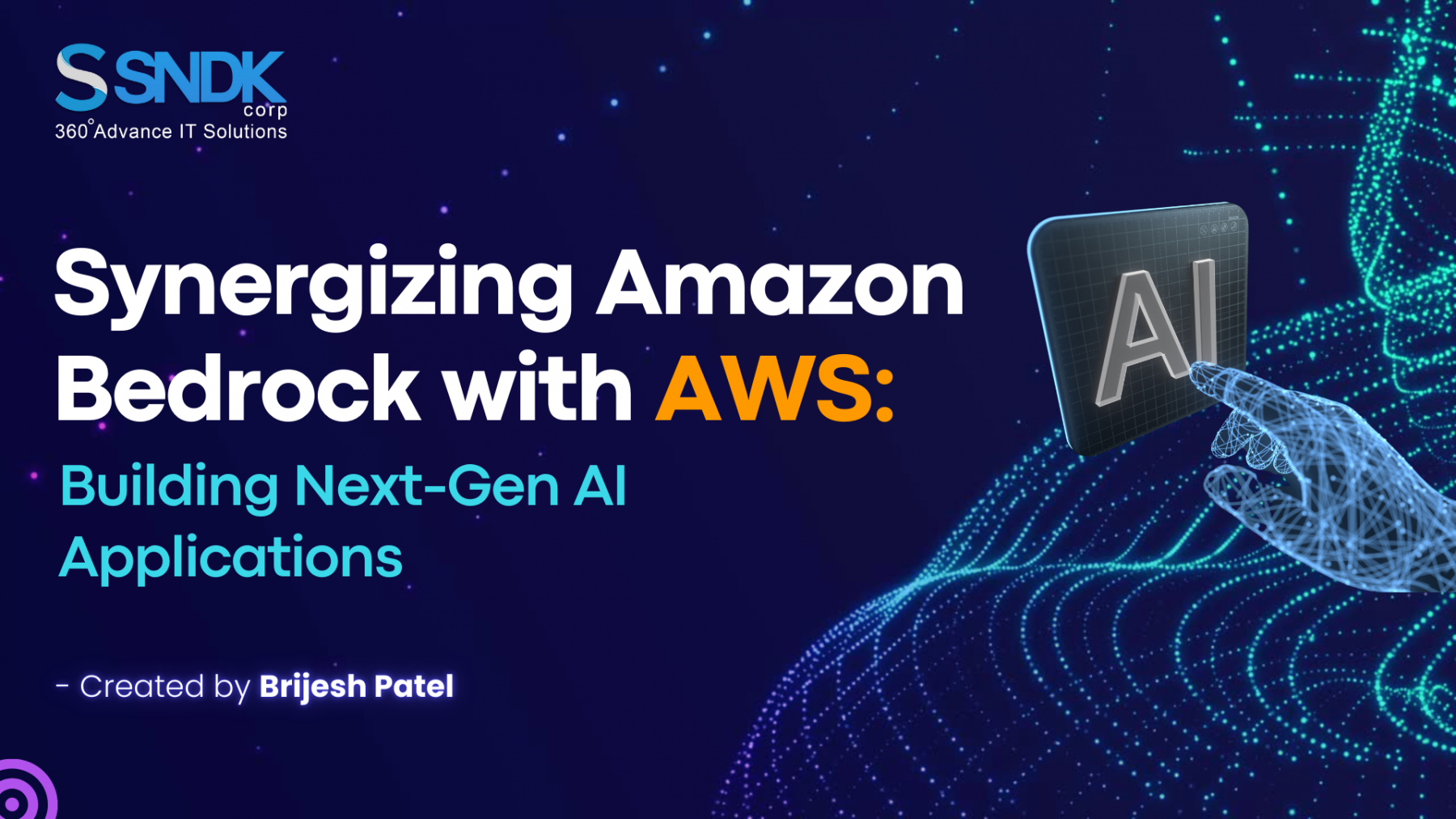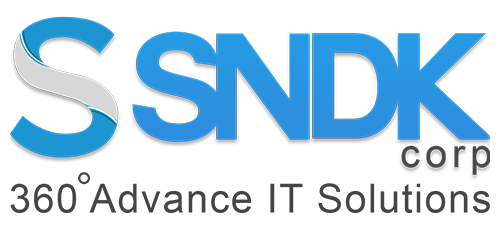Blog
Synergizing Amazon Bedrock with AWS Building Next-Gen AI Applications
A powerful and seamless application needs many softwares for development. An app is made of various elements including a platform, language, host and database. Even though a lot has evolved in the field of app development these basic components remain the same. The types and functions of different technology have distinct features. We will discuss about one such industry giant who provides full-fledged services to create ultra-modern Gen AI applications, Amazon!

One of the most talked of managed service by Amazon is Amazon Bedrock. Amazon Bedrock , can be integrated with several dedicated Amazon Web Services to enhance functionality and performance. Here are some feature-rich AWS services that can be integrated with Amazon Bedrock:
Amazon S3 (Simple Storage Service):
Integrating Amazon s3 with Amazon Bedrock expands your GenAI applications’ capabilities. You can use it to store and backup big data and heavy datasets that you need to train and fine-tune foundation models. This increases the overall scalability and storage durability of the application.
Amazon SageMaker:
Sagemaker teamed with Amazon bedrock is used for model training and hosting and also leveraging language models in notebooks and workflows. This power-packed duo is extensively used to create, train and deploy machine-learning solutions and applications.
AWS Lambda:
Lamba automates triggering Bedrock tasks as a respose to specific activities like data uploads or API calls. In short, Lambda runs codes in response to events and manages computing resources. It is ideal for generative AI application development in a serverless environment.
Amazon DynamoDB:
Integrating Amazon Bedrock with DynamoDB provides an instant customizable NoSQL database service for enhanced consistency, multi-scaled single-digit millisecond latency. The combo expands metadata storage, deep results or structure parameter access that can be manipulated during inference and training models in real-time.
AWS Glue:
When Amazon Bedrock is integrated with AWS Glue, that cleans and pre-processes data before it is transmitted to Bedrock for inference or training. Glue prepares and transforms all the data for analytics and machine learning. In a nutshell, it is a job authoring service to run Generative AI applications for accurate and clear results. It is also used for trouble shooting and technical Q & A.
Amazon Comprehend:
Comprehend provides insights and co-relation of unstructured data. Amazon Comprehend’s text analytics and Amazon Bedrock’s models can undertake complex and multi-faceted natural language processing tasks. Amazon Comprehend processes the data and presents it to Amazon Bedrock that creates it as a query.
Amazon API Gateway:
API Gateway improves the compatibility factor of Amazon Bedrock. It enables access to Bedrock’s model result making Bedrock’s integration with other apps and services easier. The API Gateway creates, publishes, maintains, monitors and secures APIs at all scales.
Conclusion
You can choose from the various Amazon web services to develop your Bedrock-powered Generative AI applications. Just keep in mind the purpose, nature and objective of your Generative AI application. Whether you need a virtual assistant, enhance performance of the app. Amazon has something for you that you can use as a boost for your Amazon Bedrock application or solution.
Our integration for DocChat
We developed DocChat integrating several amazon web services with Amazon Bedrock to make it what it is today. You can get summarized and search specific information from a PDF when you type in a search question, term or query. We integrated AWS Amplify as the host for the application, AWS S3 as the storage service, Lamda for processing information in form of codes for further running of the app, then the generated information transmits to Amazon Bedrock, that gives out the extracted and summarized data as a solution to the query. The output passes through API gateway to AWS Amplify again, that presents it as an answer to the user’s query.
